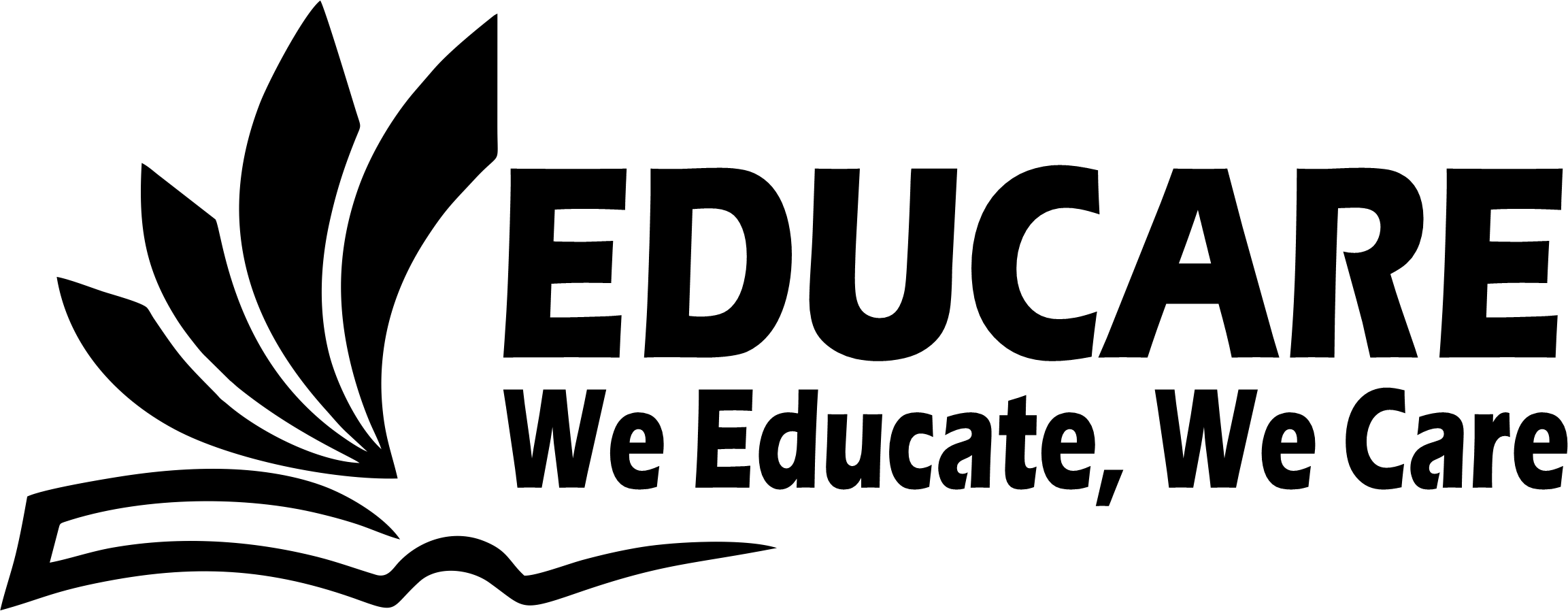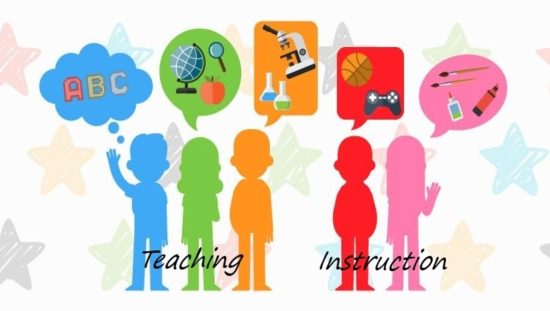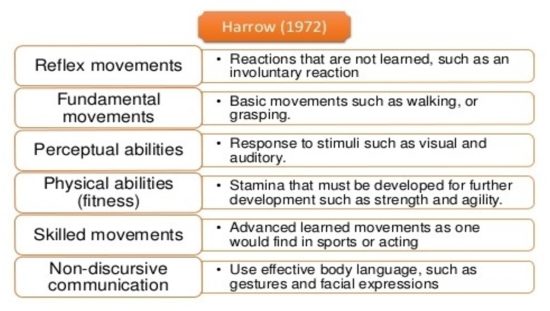According to Tyler, it is essential as a part of comprehensive theory of organization to show what elements of curriculum will serve satisfactorily as organizing elements. The appropriate coordination of elements of curriculum would guarantee the success of a curriculum. There is no consensus among the experts on elements of curriculum, but the most four common points of view concerning this issue are: objectives, content or subject matter, methods or learning experiences and evaluation.
These four basic elements of curriculum are essential and interrelated to each other. Aims, goals, and objectives can be simplified as “what is to be done”; the subject matter/content is “what subject matter is to be included”; the learning experiences is “what instructional strategies, resources and activities will be employed”; while curriculum evaluation is “what methods and instruments will be used to assess the results of the curriculum”.
1. Curriculum Objectives
The curriculum aims, goals and objectives spell out what is to be done. It tries to capture what goals are to be achieved, the vision, the philosophy, the mission statement and objectives. Further, it clearly defines the purpose and what the curriculum is to be acted upon and try what to drive at. We begin with this element because it is difficult to plan a successful trip without a destination.
Aims are often expressed in terms of state standards, which are expressed in somewhat general terms, then broken down into more specific goals, then further broken down into objectives. These objectives are specific and written in behavioral terms so as to develop learning structures and conditions. Sometimes the objectives are sorted as cognitive, affective, and psychomotor.
There are four main factors affecting the formulation of curriculum objectives. These are
- The society
- The knowledge
- The learner
- The learning process
All of these factors are to be considered while selecting and formulating the curriculum objectives.
2. Content or Subject Matter
A second element is the content of the curriculum. It contains information to be learned at school. It is an element or a medium through which the objectives are accomplished. Content or subject matter refers to the body of knowledge that the student will take away when the course is done. It must assure that the curriculum objectives are properly met.
One of the important consideration is the selection of content for a subject. At the time of subject matter selection, the following factors are to be kept in mind:
- Available sources and resources
- Demand of the society
- International needs
- Level and age of the learner or student
- Methods of content organization
- Number of courses offered
- Quantity and qualification of teaching staff
- Scope of subject matter
- System of examination
- Type of society and culture
In organizing the learning contents, balance, articulation, sequence, integration, and continuity of the subject matter to develop a sound content.
3. Learning Experiences (Methods of Delivering Knowledge)
The third element is the strategies and methods of teaching or the learning experiences adopted by the teachers during instruction. It deals with the teaching-learning process including methodology of teaching and learning experiences both within the institution and outside, learning environments, teachers’ material as well as students’ material. In his classic text on curriculum, Tyler defined the term learning experiences as follows:
The term “learning experience” is not the same as the content with which a course deals nor the activities performed by the teacher. The term “learning experience” refers to the interaction between the learner and the external conditions in the environment to which he/she can react. Learning takes place through the active behavior of the student. (p. 63)
Tyler argues that the teacher’s problem is to select learning experiences that will foster active involvement in the learning process in order to accomplish the expected learning outcomes. Tyler outlined five general principles in selecting learning experiences:
- The learning experience must give students the opportunity to practice the desired behavior.
- The learning experience must give the students satisfaction; unsatisfying experiences hinder their learning.
- The learning experience must “fit” the students’ needs and abilities.
- Multiple learning experiences can achieve the same objective. Hence, a wide range of experiences is more effective for learning than a limited range.
- The learning experience should accomplish several learning outcomes and satisfy more than one objective (Tyler, 1949).
4. Curriculum Evaluation
Curriculum evaluation refers to the process of placing value on a curriculum. Evaluation may focus on a curriculum’s design, including content and process; its implementation; or outcomes. It identifies the quality, effectiveness of the program, process and product of the curriculum.
Curriculum evaluation is different from a student evaluation. It is a broader term being used to make judgment about the worth and effectiveness of curriculum. Curriculum evaluation is also important in a sense that one could assess whether the aims and objectives have been met or not. It also shows the effectiveness of strategy of teaching and other components. The interpretation of evaluation provides the feedback to the curriculum and its components. With the help of evaluation phase experts can modify the curriculum by bringing about desirable changes.
OTHER RELATED POSTS




The write up is good. But the writer has not provided his sources of information. i.e. References.
It surely does take quite some time to find fantastic information like this. Thanks so much.
This is so so wonderful and helpful, exactly what I needed…..it takes so much searching to get a useful information like this….thank you
Fantastic document,, I appreciate it,, well done ✅ ,make it progressively
This is good information that helped me much. i want to say that continue to give more information.
Thanks for the information
This is so impressive, it helps fast leaning and guide young teachers to have good skills.
Good write up. Thanks
Am so grateful for this information
Very helpful thanks
The article is very impactful.
Thanks a lot.